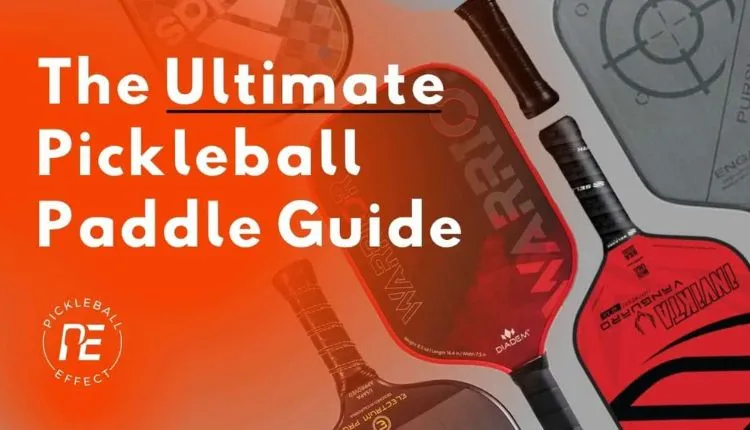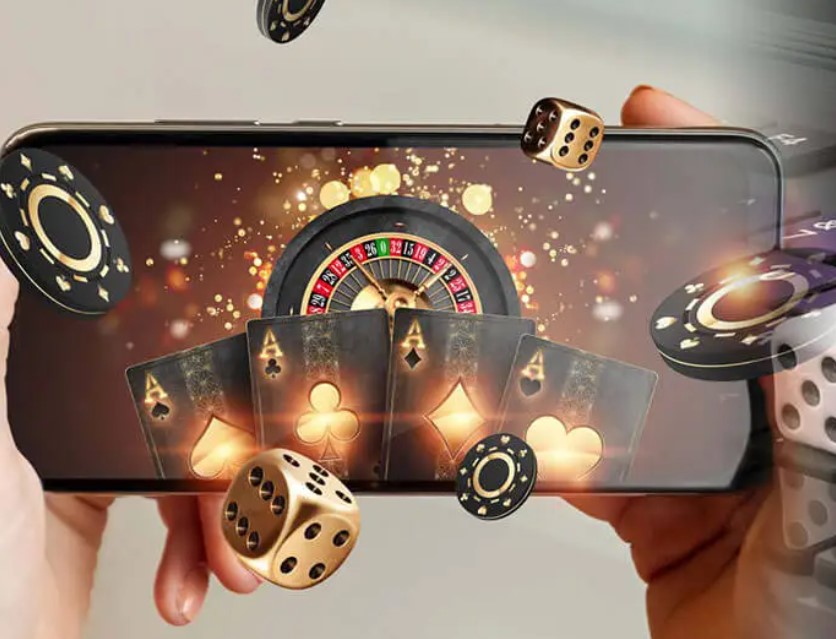
How To Choose A Pickleball Paddle
Whether you’re a pickleball beginner or an experienced player, the paddle is one of the most important pieces of equipment to purchase. It affects power and control, as well as your overall comfort level on the court. Paddles come in different shapes and sizes, and each has its own unique characteristics that make it better suited for your particular game. Let’s take a look at three essential considerations to make sure you find the right paddle for you:
Handle
The handle of a pickleball paddle has a huge impact on your game, and it’s important to get the right fit. The correct grip size will allow you to play comfortably without fatigue and help you avoid tennis elbow. The length of the handle is another consideration for many players. Generally, shorter handles mimic the geometry of Ping-Pong paddles, while longer ones play more like tennis rackets.
Your paddle’s face material also plays a role in how well it accentuates spin on the ball. Paddle surfaces can impart spin by either generating friction (think of knobby off-roaching tires) or adhesion, which is when a smooth but tacky surface “grabs” the ball and imparts spin. Choosing the right material for your paddle can be a significant decision, especially as you become more experienced and confident in your technique. Fiberglass, carbon fiber, and graphite paddles each offer different characteristics that may influence your style of play. These differences are subtle, but can be powerful and make a difference in your ability to control your paddle in the heat of the match.
Grip
The grip of your pickleball paddle is an important part of your game. A poor grip can lead to strain and pain in your hands and wrists, while a correct one will help you control the paddle and play with confidence on the court. A good grip can also help you hit the ball harder, spin it better and make it more difficult for others to take your paddle from you. There are many different types of grips to choose from, including the traditional continental and semi-western grips.
To choose the best grip size for you, try using the three-step test to measure your hand. First, open your paddle hand and measure from the bottom lateral crease to the tip of your ring finger.
Core
The core of a pickleball paddle is where the power comes from when you hit the ball. The material and thickness of the core can make a difference to your play, and it can also impact your comfort when playing. A common paddle core is made of a polymer honeycomb, which absorbs and returns energy. This creates a wider sweet spot and consistent feel across the face of the paddle (better control).
Polymer cores are quieter than aluminum or nomex, so they’re great options for players who live in noise ordinance areas. Nomex cores, on the other hand, offer more power and speed but sacrifice control. Often thicker cores (around 16mm) soften the feeling of the paddle and help increase control. They also help stabilize the paddle so that it doesn’t wobble when you hit off center shots. They’re also a popular choice for beginners and many professional players prefer them. They’re available in a wide range of shapes and weights, so you’re sure to find something that’s right for you.
Weight
Paddle weight is an important factor to consider when choosing a pickleball paddle. It will determine the feel of the paddle, how hard it is to handle and the type of action you get when playing with it on the court. Lightweight: A lightweight paddle is a good option for players who prioritize speed and control in their game or who get tired of playing with a heavier paddle. It is also a good choice for players who have wrist issues or are susceptible to injury.
Midweight: A midweight pickleball paddle is a good choice for players who want more power in their game or who need extra stability when hitting off-center shots. These paddles weigh between 7.3 and 8.4 ounces.
Professional pickleball athletes tend to use a heavier paddle because it generates more power and can help them hit drives and more powerful shots with greater ease. However, heavy paddles can put too much stress on your elbow and can cause injuries such as “Tennis Elbow”. So, make sure you choose a weight that is right for you!
Final Word
A pickleball paddle is smaller than a tennis racquet and larger than a ping-pong paddle. It’s used to hit a hard polymer ball across a court that is about one-fourth the size of a tennis court. A good pickleball paddle gives you control and power while playing the game.




